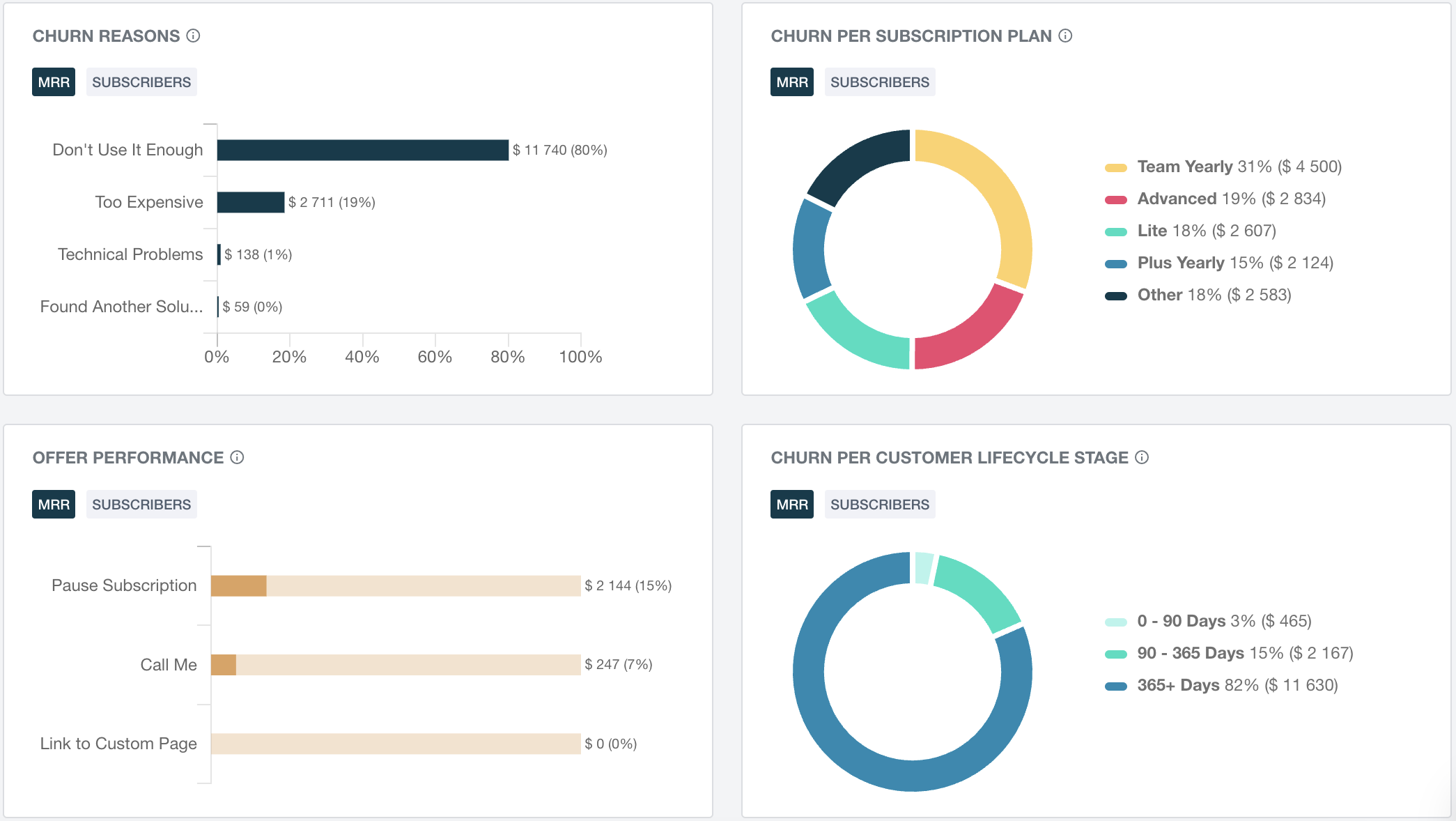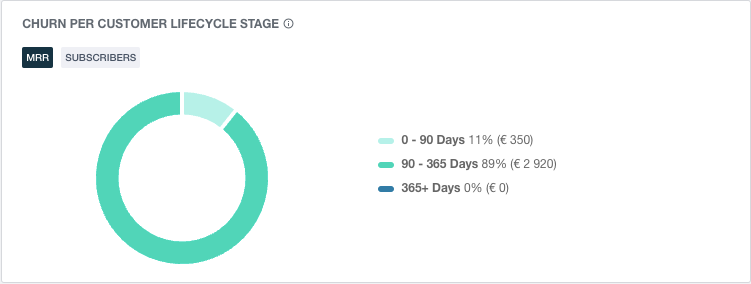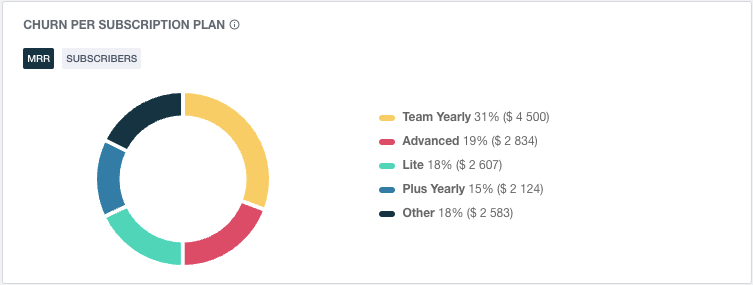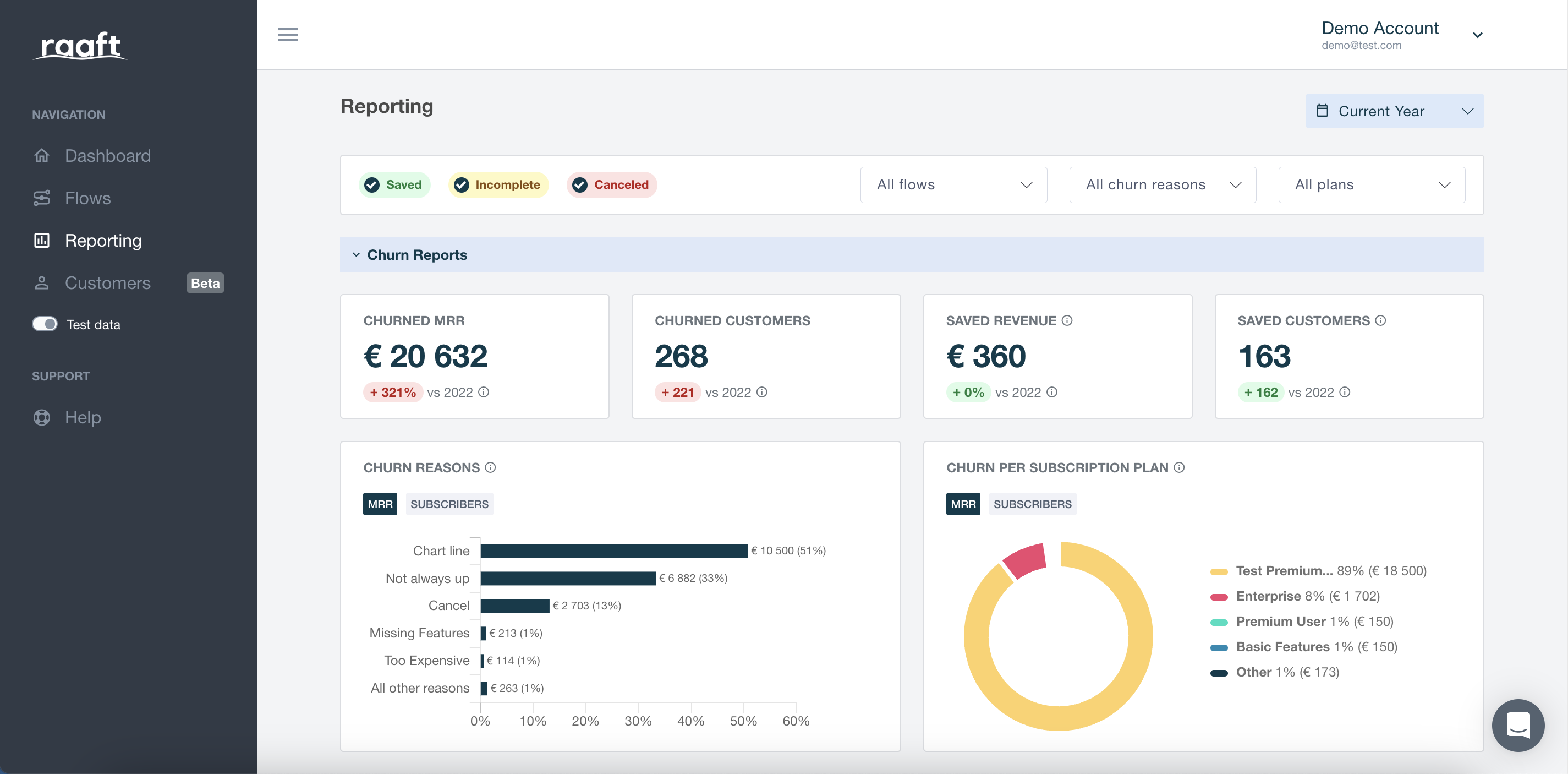Table of Contents

Customer churn analysis isn't just a trendy phrase in the SaaS world; it's a pivotal cornerstone to understanding the health of your business.
If you're reading this, you're likely faced with questions like:
- How can I quantify my customer retention efforts?
- Are certain subscription plans more prone to churn than others?
- How do reasons for cancellation impact my churn rate?
- Do specific plans or distribution channels experience higher churn?
These questions resonate with every SaaS founder.
As SaaS churn experts, we've garnered insights that you won't find in a standard guidebook.
You're in the right place if you are:
- A SaaS founder aiming to grasp the intricate details of churn.
- An executive aiming to identify and plug leaky buckets in your business model.
- A product manager seeking to improve user satisfaction and retention.
You're not alone in the churn conundrum.
We've been there, faced the same uncertainties, and come out with a deeper understanding and strategies that work.
Let's dive into the various ways to measure churn, ensuring you're equipped to make data-driven decisions for your SaaS venture.
Table of Contents
- Why Does Customer Churn Analysis Matter?
- How To Measure Customer Churn
- How To Leverage Churn Data Effectively
- Key Benefits Of Customer Churn Modelling
- Finding The Right Tools For User Churn Analysis
📢 Why Listen to Me?I've worked with various retention tools and have helped multiple SaaS businesses improve their retention rates through personalized strategies.
1. Why Does Customer Churn Analysis Matter?
Understanding churn is crucial as it directly impacts your SaaS company’s profitability.
Here are some key statistics to consider:
- The primary reason for churn is lying about product performance, including its efficiency.
- On average, it costs a business $243 to lose a customer.
- SaaS companies can expect churn rates of up to 15% in their first twelve months on the market.
But how do you go about measuring churn in the most effective way? Let's break it down.
2. How To Measure Customer Churn
-
Churn by Cancellation Reason
- Missing Features: "The platform lacks XYZ feature."
- Price Concerns: "It's too expensive for the value I’m getting."
- Better Alternatives: "I found a better tool elsewhere."
-
Churn by Length of Subscription
- Short-Term Subscribers (ex: 0-90 days). These are users who cancel their subscription within the first few months. It could indicate dissatisfaction with your product or a poor onboarding experience.
- Mid-Term Subscribers (ex: 90-365 days). Those who churn after several months but within a year. This might suggest that while the initial experience was good, sustaining engagement or delivering consistent value became a challenge.
- Long-Term Subscribers (ex: 365+ days). If someone churns after years of use, it might be due to external factors like changes in their business needs or financial conditions.
-
Churn by Plan
- Basic Plans. If churn is high here, maybe users are finding the introductory features insufficient.
- Premium Plans. A high churn rate might indicate that users don’t see enough value for the higher cost.
- Custom Plans. If bespoke plans have high churn, it could be a mismatch between customer expectations and deliverables.
-
Churn by Acquisition Channel
- Organic Search. If users coming from search engines churn frequently, there might be a mismatch between their search intent and what your platform provides.
- Referrals. A high churn rate here could indicate that referred users' expectations weren't met.
- Paid Ads. High churn could mean your ads promise more than what’s delivered, leading to dissatisfied users.

Direct feedback from customers is gold. By categorizing churn based on the reasons they provide:
This feedback can help you pinpoint exact areas of improvement.

This approach categorizes your churn based on how long customers have been with you before they decide to leave.

Not all subscription plans are created equal.
If you offer multiple tiers or packages, understanding churn by plan can give you insights into which offers are underperforming.
Where your customers come from can greatly influence their likelihood to stay.
By examining churn based on acquisition channels:
3. How To Leverage Churn Data Effectively
When you receive SaaS customer feedback that includes quantitative and qualitative data on why users are churning, you can then take steps to address the root causes.
The more you know about your users, the better equipped you will be to reduce churn and retain customers.
To reduce churn, you must address the pain points that drive users away from your solution.
It is far better to nip these problems in the bud than to wait for more users to churn before taking action.
Customer churn analysis is only useful if you translate it into actionable steps that can help your SaaS business retain customers.
You need to take the time to learn more about your users, pinpoint the root causes of churn, and develop a retention strategy that takes both qualitative and quantitative factors into account.
The first step in this process is always collecting and analyzing customer churn data.
Deploying a SaaS feedback tool like Raaft is an effective way to improve your understanding of how and why users are canceling.
4. Key Benefits Of Customer Churn Modelling
Customer churn modeling will give you a mathematical representation of how churn is eating away at your SaaS user base.
When you have access to churn data, you can begin to run models to determine how many users are likely to churn over a given period of time.
This information will allow you to more accurately project the impact of customer churn on your SaaS business, especially if you can continue collecting and analyzing data after implementing a customer retention strategy.
5. Finding The Right Tools For User Churn Analysis

If you want to unlock a treasure trove of critical insights into user churn, you should survey your users and understand why they are canceling.
Raaft is a simple tool that prompts users to answer a couple of questions about why they are canceling.
The quantitative and qualitative data they provide in their answers will help you identify the root causes of churn and equip you with the necessary insights to improve product-market fit.
If you’re ready to get started and take steps to reduce your SaaS churn, you can try Raaft for free today.

Offboarding Cheatsheet
This framework + video tutorial will help you design a better cancellation process.
Some of our featured articles

Miguel Marques

Adam Crookes

Adam Crookes
Customer Success insights in your inbox
Helping Founders and Customer Success Managers handle customer retention effectively.
We will only ever send you relevant content. Unsubscribe anytime.


